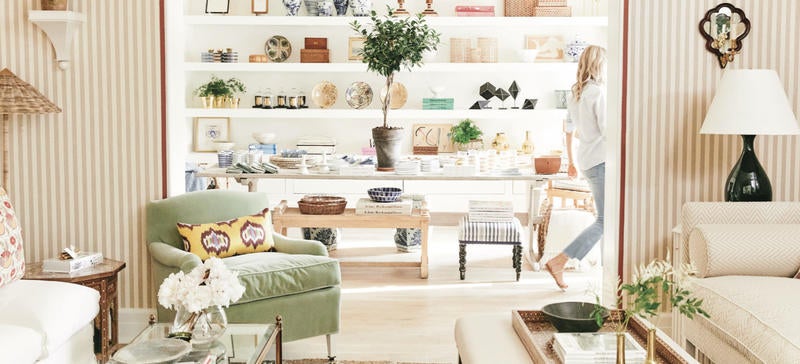Opening a brick-and-mortar is no easy feat. What’s good, bad and complicated about running your own store? And how do you measure its success? Get a look behind the counter at some of the industry’s top designers’ shops.

Sarah Bartholomew's shop in Nashville, TennesseeTec Petaja
Margaret Naeve

Ready to dig in?
This article is available exclusively for
BOH subscribers and BOH Insiders.
BOH subscribers and BOH Insiders.
Want full access?









































